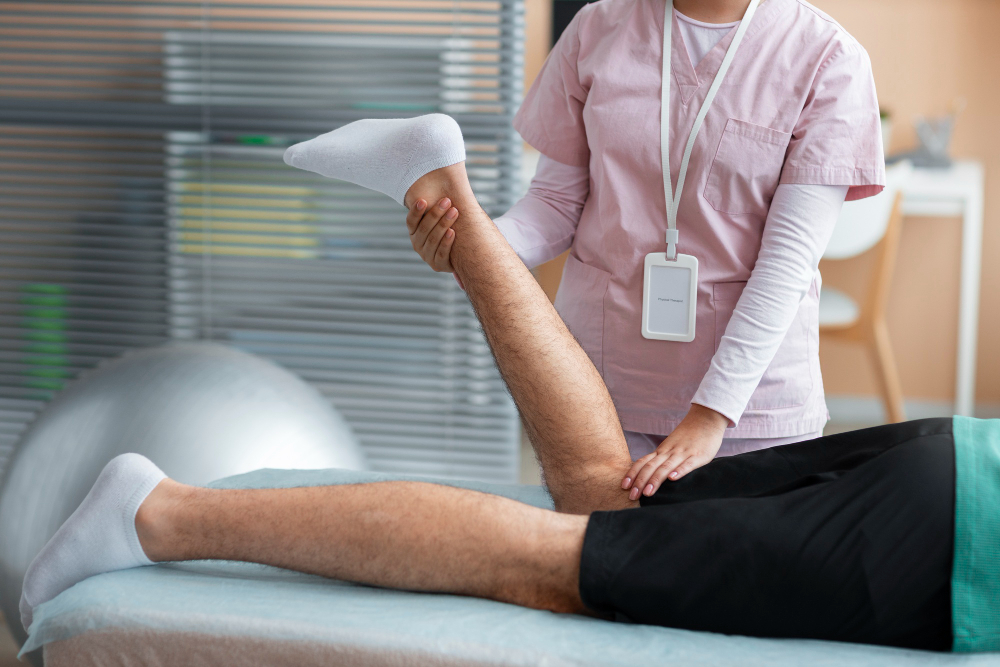
What are Peripheral Vascular Injuries?
Peripheral vascular injuries refer to damage or trauma affecting the blood vessels outside the heart and brain, commonly in the arms, legs, or other extremities. These injuries can involve arteries, veins, or both, and may result from various causes such as accidents, penetrating wounds, or blunt trauma.
How are Peripheral Vascular Injuries treated?
The treatment of peripheral vascular injuries depends on the type and severity of the injury. In some cases, non-surgical interventions such as compression, immobilization, or medication may be sufficient to manage the injury and promote healing. However, severe or complex injuries may require surgical intervention, including vascular repair, reconstruction, or bypass grafting to restore blood flow and prevent further complications.
Who is at risk for Peripheral Vascular Injuries?
Individuals who engage in activities or occupations with a higher risk of trauma or accidents, such as athletes, military personnel, or construction workers, may be at increased risk for peripheral vascular injuries. Additionally, individuals with underlying vascular conditions or those who have undergone previous vascular procedures may be more susceptible to vascular injury.
What are the symptoms of Peripheral Vascular Injuries?
The symptoms of peripheral vascular injuries can vary depending on the location and severity of the injury. Common symptoms may include pain, swelling, bruising, numbness, tingling, or weakness in the affected limb. In severe cases, loss of pulse, pale or cold skin, or signs of shock may be present, indicating compromised blood flow and requiring immediate medical attention.
What is the recovery process like after treatment for Peripheral Vascular Injuries?
Recovery from peripheral vascular injuries can vary depending on the extent of the injury and the type of treatment received. Patients may undergo rehabilitation therapy to regain strength, mobility, and function in the affected limb. It's essential to follow post-treatment instructions provided by the healthcare provider, including wound care, activity restrictions, and follow-up appointments to monitor healing and prevent complications.
What are the risks and complications associated with Peripheral Vascular Injuries?
Like any medical condition or injury, peripheral vascular injuries carry certain risks and complications. These may include infection, bleeding, nerve damage, or failure of the vascular repair or reconstruction. Additionally, individuals with peripheral vascular injuries may be at increased risk for long-term complications such as chronic pain, reduced mobility, or vascular insufficiency.
Why choose VMG Hospital for Peripheral Vascular Injuries?
VMG Hospital in Hisar, Haryana, is a trusted provider of vascular surgery and trauma care, offering advanced techniques and personalized care to patients with peripheral vascular injuries. Our team of skilled vascular surgeons has extensive experience in managing complex vascular injuries, ensuring timely and effective treatment to optimize outcomes. With a commitment to excellence and patient-centered care, VMG Hospital strives to deliver exceptional results and help patients regain function and quality of life following peripheral vascular injuries.